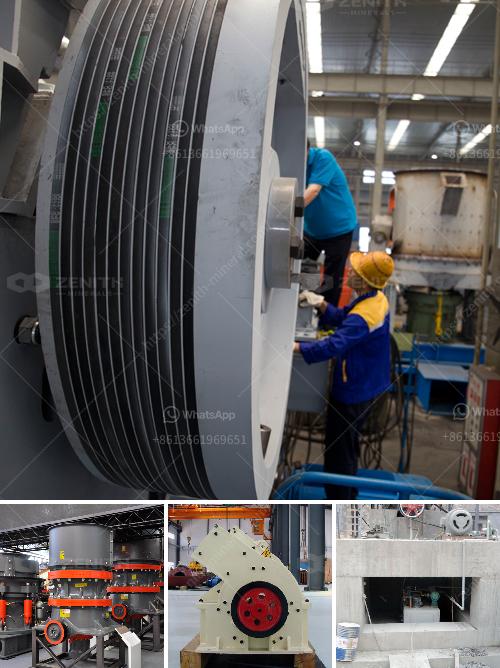A hammermill is a type of crusher that can be used for gold extraction. It operates on the principle of impact and attrition, where the material to be crushed is fed into a chamber containing a rotating hammer or hammers. Here’s a detailed explanation of how a hammermill works for gold extraction:
Components of a Hammermill
- Feed Hopper: This is where the raw material (ore) is fed into the hammermill. The hopper ensures that the material is fed at a consistent rate.
- Rotating Shaft: The central component of the hammermill, which is powered by an electric motor or diesel engine. Attached to this shaft are several hammers.
- Hammers: These are the primary tools for crushing. They are usually made of hardened steel and are mounted on the rotating shaft. As the shaft spins, the hammers swing outwards due to centrifugal force.
- Grate or Screen: Located at the bottom of the crushing chamber, this component ensures that only particles of a certain size can pass through. Larger particles are retained in the chamber for further crushing.
- Discharge Outlet: The crushed material exits the hammermill through this outlet.
Working Principle
- Feeding the Material: The ore containing gold is fed into the hammermill through the feed hopper. The material falls into the crushing chamber.
- Crushing Action: As the shaft rotates, the hammers swing outwards and strike the ore. The impact force breaks the ore into smaller pieces. The hammers also create a high-speed impact zone that further pulverizes the material.
- Attrition and Shear: In addition to impact, the material is subjected to attrition and shear forces as it is repeatedly struck by the hammers and rubbed against the walls of the chamber.
- Size Reduction: The crushed material is forced through the grate or screen at the bottom of the chamber. The size of the openings in the grate determines the final size of the crushed material. Larger particles that cannot pass through the grate are retained in the chamber for further crushing.
- Discharge: Once the material is reduced to the desired size, it exits the hammermill through the discharge outlet.
Gold Extraction Process
- Initial Crushing: The hammermill is often used as the first stage in the gold extraction process. It reduces the size of the ore to a manageable level for further processing.
- Concentration: After the initial crushing, the material is usually subjected to further concentration processes such as gravity separation, flotation, or cyanidation to extract the gold.
- Recovery: The concentrated gold is then recovered through various methods, including smelting or chemical extraction.
Advantages of Using a Hammermill
- Efficiency: Hammermills are highly efficient at reducing the size of the ore, making subsequent processing steps more effective.
- Versatility: They can handle a wide range of materials, including hard and abrasive ores.
- Cost-Effective: Hammermills are relatively inexpensive to operate and maintain compared to other types of crushers.
Considerations
- Wear and Tear: The hammers and other components are subject to significant wear and tear, especially when processing hard ores. Regular maintenance is required to keep the hammermill in good working condition.
- Dust and Noise: Hammermills can generate a significant amount of dust and noise, which may require additional measures to control.
- Particle Size Control: The size of the final product is determined by the grate or screen, so selecting the appropriate size is crucial for the efficiency of the gold extraction process.
In summary, a hammermill is a crucial piece of equipment in the gold extraction process, providing an efficient means of reducing ore size and preparing it for further concentration and recovery steps. Its design and operation are centered around the principles of impact, attrition, and shear, making it a versatile and cost-effective solution for gold mining operations.

